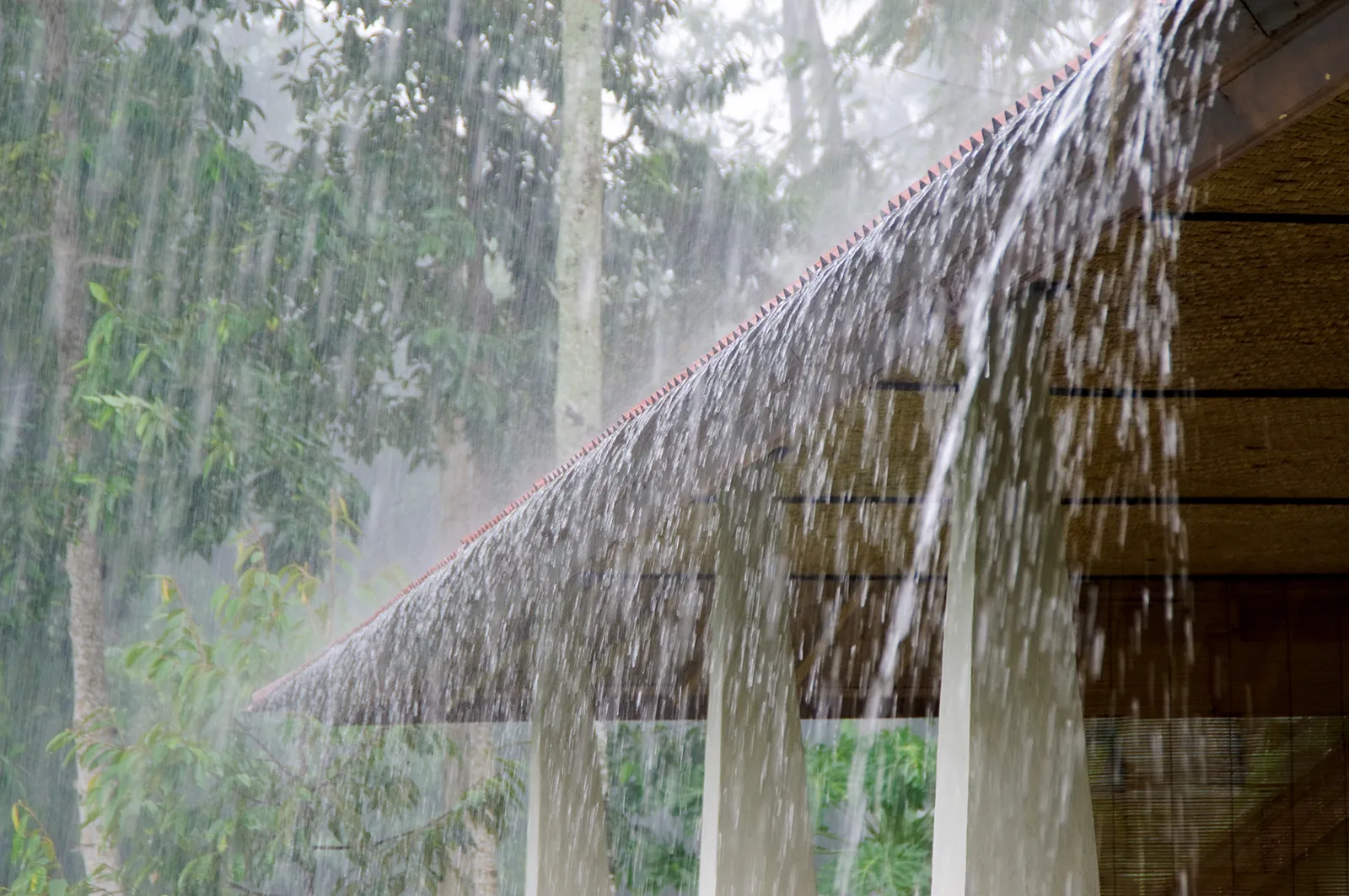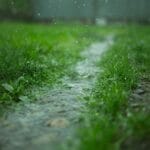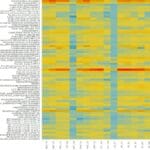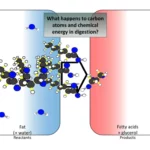Are you ready to crack the code of downpours? What makes a rainstorm a regular sprinkle versus an overwhelming flood? Dive into the world of rainfall with us as we explore what constitutes torrential rain. We’ll help you tell the difference between a light drizzle and an epic downpour, and you’ll learn why understanding “torrential” matters. Plus, we’ll show you how these extreme weather events work, how they affect us, and what we can do to stay safe. Get ready to become a weather expert and decipher the language of rain!
Definition of Torrential Rain
You know those really heavy downpours that seem like the sky is unleashing a whole waterfall at once? We often call that “torrential rain.” While there isn’t a strict scientific definition, we’re usually talking about rain coming down really hard and fast.
Think of it this way: if you put a bucket outside and it fills up more than three-tenths of an inch with rain in just an hour, that’s getting into torrential territory. You’ve probably seen this kind of rain during big storms, and it can have a big impact on our world, potentially causing floods. The drizzly rain may be a light shower, but it can still make a big impact on your day.
One interesting thing about torrential rain is how it affects mountains. Imagine a line of mountains, and the wind is pushing a big cloud towards them. The windward side, the one facing the wind, gets the brunt of the rain. As the wind pushes the air up the mountain, the moisture gets squeezed out like a sponge. This can lead to some incredibly heavy downpours on that side! If you’re looking for more information about rainstorms, check out rainstorm facts to learn more.
Why does this matter? Well, when that much rain falls in a short amount of time, the ground can’t always soak it all in. This can quickly lead to flooding, which can damage homes and put people in danger. The force of all that water rushing down mountainsides can also cause erosion – literally washing away soil and rocks. In some cases, it can even trigger landslides, which are like mini-earthquakes that send mud and debris crashing down.
So, while the term “torrential rain” might sound a bit dramatic, it really just describes a powerful force of nature. Understanding what causes it and how it can impact the environment helps us prepare and keep our communities safe.
What is the meaning of torrential rain?
While “torrential rain” is a commonly used term, it lacks a precise scientific definition. However, it is generally understood to describe exceptionally heavy rainfall, typically exceeding 0.3 inches per hour.
This type of rainfall often occurs in areas with warm, moist air and atmospheric instability, leading to rapid condensation and heavy downpours. It’s important to note that the experience of “torrential rain” can be subjective, depending on factors such as location, duration of rainfall, and individual perception.
Impact of Torrential Rain
Despite its lack of a formal definition, torrential rain can have significant environmental impacts. Some of the potential consequences include:
- Widespread Flooding: Rapid accumulation of water can overwhelm drainage systems, leading to flooding, especially in urban or low-lying areas.
- Erosion: The force of the rainfall can cause significant erosion of soil and vegetation, potentially destabilizing slopes and infrastructure.
- Landslides: Torrential rain can saturate the ground, increasing the risk of landslides, posing a threat to human life and property.
Ongoing Research
While scientists have a good understanding of the general atmospheric conditions that contribute to torrential rain, research is ongoing to improve forecasting accuracy and understand the relationship between climate change and the frequency and intensity of such events.
What is the difference between downpour and torrential rain?
Both “downpour” and “torrential rain” describe instances of heavy rainfall, but they differ in their duration and potential impacts. Let’s break down the distinctions:
Downpour:
- Characterized by sudden, intense bursts of rain, often short-lived.
- Think of it as a sudden, heavy shower that starts and stops relatively quickly.
- Typically doesn’t lead to widespread flooding due to its shorter duration.
Torrential Rain:
- Involves prolonged and intense rainfall, potentially lasting for several hours or even days.
- Often associated with severe weather events like thunderstorms or tropical cyclones.
- Due to its persistent nature, torrential rain poses a higher risk of flooding, erosion, and landslides.
Measurement of Heavy Rain:
The National Weather Service (NWS) uses the term “heavy rain” when rainfall accumulates at a rate of at least 0.3 inches per hour. This measurement serves as a benchmark for identifying potentially hazardous rainfall events.
What is the definition of torrential?
The word “torrential” itself isn’t specifically defined in meteorology, but it’s generally used to describe something that’s forceful, rapid, and abundant, like a “torrential river” or a “torrential downpour.” In the context of rain, it suggests rainfall that is significantly heavier and more intense than a typical downpour.
Is Heavy Rain and Torrential Rain the Same?
While both heavy rain and torrential rain involve substantial rainfall, they are not synonymous. Here’s a breakdown:
Heavy Rain:
- Refers to rainfall accumulating at a rate of 0.3 inches or more per hour, as defined by the NWS.
- Represents a measurable and quantifiable intensity of rainfall.
Torrential Rain:
- Lacks a precise definition and is more subjective, indicating extremely heavy rainfall beyond average rates.
- Often characterized by abundant moisture in the air, large water droplets, and visible environmental impacts like flooding or erosion.
What makes torrential rain?
Several factors contribute to the formation of torrential rain. Generally, it occurs when:
- Warm, moist air rises rapidly into the atmosphere. This warm air can hold a significant amount of moisture.
- Rising temperatures and atmospheric instability create conditions that allow the moist air to cool and condense quickly.
- As the air cools, the water vapor within it condenses into larger water droplets, leading to heavier and more intense rainfall.
Weather Events Associated with Torrential Rain:
- Thunderstorms: Thunderstorms are known for their ability to produce intense downpours, often in a short period.
- Low-Pressure Systems: Areas of low pressure can draw in warm, moist air, leading to prolonged periods of rainfall, which can be torrential under the right conditions.
- Tropical Cyclones: Hurricanes and typhoons (tropical cyclones) are notorious for their potential to unleash massive amounts of rain, often leading to catastrophic flooding.
What is intense torrential rain called?
There isn’t a single, universally accepted term for extremely intense torrential rain. While “torrential rain” effectively conveys the idea of exceptionally heavy rainfall, more specific terminology often depends on the context and regional variations in weather patterns.
Other Terms Used to Describe Intense Rainfall:
- Deluge: Suggests a prolonged period of exceptionally heavy rainfall, often leading to significant flooding.
- Cloudburst: Describes a sudden, extremely intense downpour that seems to appear out of nowhere, often associated with thunderstorms.
Why is Torrential Rain Bad?
Torrential rain can have severe and far-reaching consequences. Here are some key reasons why:
- Overwhelms Drainage Systems: The sheer volume of water during torrential rain events can exceed the capacity of drainage systems, leading to widespread flooding.
- Causes Erosion and Landslides: The force of the rain erodes soil, weakens slopes, and increases the risk of landslides, potentially causing damage to infrastructure and ecosystems.
- Disrupts Daily Life: Flooding, road closures, power outages, and transportation disruptions are common after torrential rain, impacting businesses, communities, and daily life.
- Contaminates Water Sources: Runoff from torrential rain can carry pollutants and contaminants into rivers, lakes, and even drinking water sources, posing health risks.
What is another name for torrential rainfall?
While “torrential rainfall” is a common term, other words are often used interchangeably to describe heavy precipitation events. Some of these include:
- Deluge: This term paints a picture of an overwhelming flood of water, often used to describe widespread and long-lasting torrential rain.
- Cloudburst: This evokes the image of a sudden and extremely intense downpour, typically associated with thunderstorms.
- Heavy rain: This is a more general term, referring to a significant amount of rain falling in a relatively short period.
- Rainstorm: This broad term encompasses any period of heavy precipitation, from a brief downpour to a prolonged period of rain.
What is heavy rain called?
“Heavy rain” is often used as a general term for rainfall exceeding a certain intensity. Meteorologists typically define heavy rain as rainfall accumulating at a rate of 0.3 inches per hour or more. However, more descriptive terms like “downpour” or “torrential rain” might be used to convey the intensity and potential impact of the rainfall.
Do Torrential Rains Cause Floods?
Torrential rains are a significant contributing factor to flooding, especially during hurricanes. When an area experiences torrential rain:
- The ground becomes quickly saturated, exceeding its ability to absorb water.
- Excess water runs off into rivers and streams, causing them to overflow their banks.
- Drainage systems in urban areas can become overwhelmed, leading to street flooding and property damage.
Climate Change and Torrential Rains:
Research suggests that rising global temperatures may be contributing to an increase in the frequency and intensity of torrential rain events. Warmer air holds more moisture, potentially leading to heavier downpours during storms.
In conclusion, understanding the nature and potential impacts of torrential rain is essential for preparedness and risk mitigation. While the term may lack a precise scientific definition, its implications are clear – it signifies a powerful force of nature that demands our attention and respect.
- Unlock Water’s Symbolism: A Cross-Cultural Exploration - April 20, 2025
- Identify Black and White Snakes: Venomous or Harmless? - April 20, 2025
- Unlocking Potential: Origins High School’s NYC Story - April 20, 2025
















2 thoughts on “Unlocking the Deluge: A Meteorologist’s Definition of Torrential Rain”
Comments are closed.